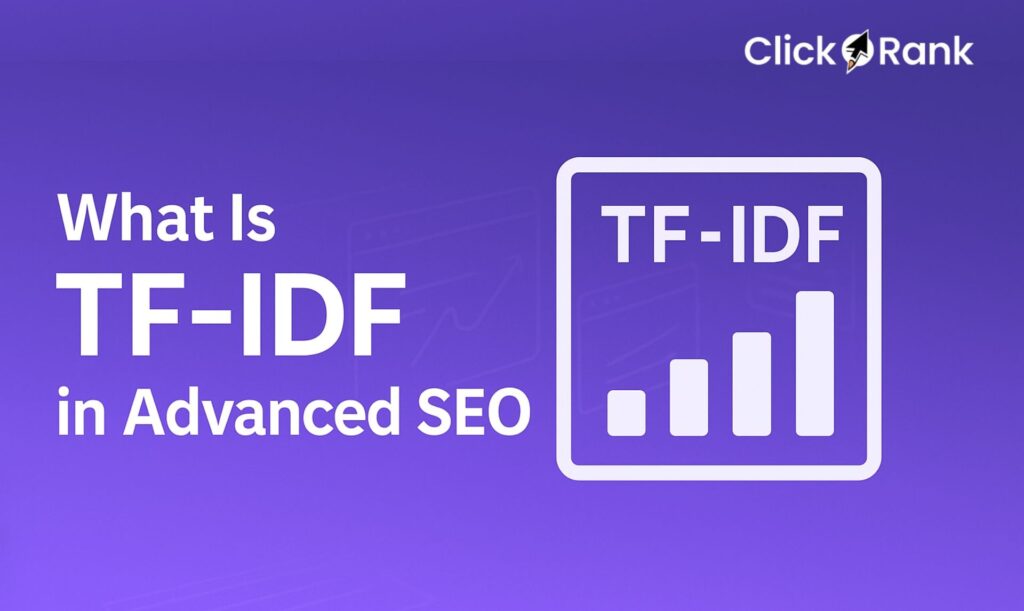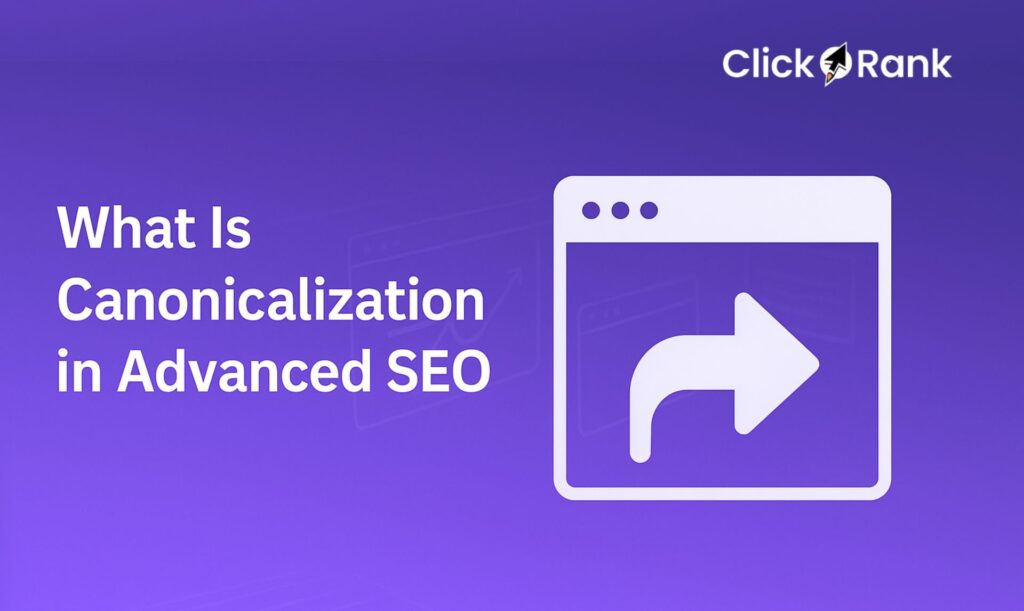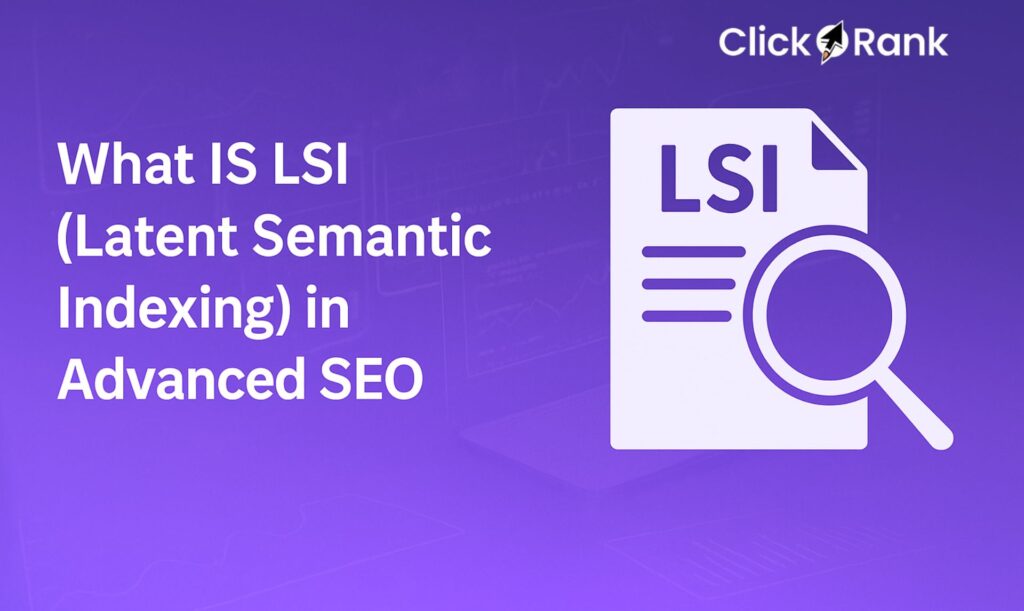What Is a Linking Strategy in Advanced SEO?
A Linking Strategy is the cornerstone of advanced SEO, enabling websites to improve rankings, authority, and visibility. By planning, acquiring, and optimizing links strategically, businesses can enhance their presence across search engines and support sustainable digital growth.
How do we define Linking Strategy in SEO?
A Linking Strategy is a structured plan for acquiring, distributing, and managing links to and from your website. It focuses on building both internal links for site navigation and external backlinks for authority. Unlike simple link building, a strategy emphasizes quality, relevance, and scalability, ensuring every link contributes to SEO performance.
Why is Linking Strategy important for global SEO success?
In global SEO, links help search engines understand content relevance and site authority across regions. A well-designed link strategy:
- Signals trustworthiness and expertise.
- Supports international targeting through region-specific backlinks.
- Enhances link equity distribution across multiple domains and pages.
Without a clear Linking Strategy, even high-quality content may struggle to rank in competitive markets.
What are the core elements of a successful Linking Strategy?
Key components include:
- Link acquisition plan: Identifying high-quality sources.
- Internal linking structure: Optimizing site hierarchy.
- Anchor text strategy: Ensuring relevance and variety.
- Link monitoring: Tracking performance and identifying lost links.
- Competitor analysis: Understanding successful tactics in your niche.
How Does a Link Strategy Support Advanced SEO?
A link strategy supports advanced SEO by distributing link equity, improving crawlability, and building authority through high-quality backlinks. It strengthens keyword relevance, enhances user navigation with internal links, and signals trust to search engines. This structured approach boosts visibility, rankings, and long-term scalability across competitive markets.
What role do links play in search engine algorithms?
Search engines view links as votes of confidence. Each backlink represents an endorsement from another website, signaling trust and relevance. Internal links guide crawlers through your site, helping algorithms index pages efficiently and understand topic relationships.
How does link equity influence advanced SEO results?
Link equity, also called “link juice,” transfers authority from one page to another. Pages with higher equity are more likely to rank for competitive keywords, and distributing equity strategically across key pages amplifies SEO strategy effectiveness.
Why is link strategy considered a ranking factor worldwide?
Google and other search engines prioritize link signals when assessing website authority. A robust Linking Strategy ensures:
- Higher trustworthiness in search engines.
- Increased organic visibility.
- Sustainable ranking growth across international markets.
What Types of Links Are Used in a Link Strategy?
A link strategy relies on different link types: internal links that connect pages within a website, external backlinks from other sites that boost authority, contextual links placed naturally within content, and a balance of dofollow and nofollow links to maintain a healthy, diverse, and SEO-friendly link profile.
What is the difference between internal and external links?
- Internal links: Connect pages within the same website. They improve crawlability, user navigation, and distribute link equity.
- External links (backlinks): Links from other websites. They signal authority and relevance, significantly impacting SEO performance.
How do backlinks impact SEO strategy?
Backlinks are the foundation of advanced link building. High-quality backlinks:
- Increase domain authority.
- Improve keyword rankings.
- Generate referral traffic.
Low-quality backlinks, however, can harm rankings and trigger penalties.
Why are contextual links stronger than generic ones?
Links placed within relevant content carry more weight than those in footers or sidebars. Contextual links:
- Provide better semantic relevance.
- Improve user engagement.
- Offer higher link equity transfer.
How do nofollow vs. dofollow links affect rankings?
- Dofollow links: Pass authority and improve rankings.
- Nofollow links: Do not pass authority directly but still provide referral traffic and brand signals.
A balanced strategy often includes both types for a natural link profile.
How Do You Build an Effective Link Strategy?
To build an effective link strategy, start with a backlink audit, define target pages, and conduct keyword research. Focus on acquiring high-quality contextual links through content, outreach, and guest posting. Use competitor analysis and SEO tools to identify opportunities, ensure anchor text diversity, and monitor performance for sustainable growth.
What steps should be followed in creating a link strategy?
- Audit existing links for quality and relevance.
- Set clear goals for domain authority, traffic, and rankings.
- Identify target pages for internal and external linking.
- Plan acquisition campaigns for guest posts, outreach, and partnerships.
- Monitor performance and adjust strategy regularly.
How can keyword research support link building?
Targeting high-value keywords helps:
- Identify pages that require link equity.
- Create anchor text that aligns with search intent.
- Optimize content to attract contextual backlinks naturally.
What tools help in link strategy planning?
- Ahrefs, SEMrush, Moz: For backlink analysis.
- Majestic: To evaluate link quality.
- Google Search Console: For monitoring link performance.
Why is competitor link analysis critical?
Studying competitors’ backlinks uncovers:
- High-authority sites linking to industry leaders.
- Link opportunities you may have missed.
- Strategies for advanced link building at scale.
What Are the Best Practices for Link Strategy?
The best practices for a strong link strategy include prioritizing high-quality, relevant backlinks, maintaining a natural mix of dofollow and nofollow links, optimizing anchor text without overuse, and ensuring strong internal linking. Consistent outreach, guest posting, and link diversity are key to sustainable SEO strategy growth and authority.
How should anchor text be optimized?
- Use descriptive, relevant keywords.
- Avoid over-optimization and exact-match anchor text repetition.
- Mix branded, generic, and long-tail variations.
Why is content quality the backbone of link building?
High-quality content attracts natural backlinks because:
- It provides value that others want to reference.
- It enhances SEO strategy credibility.
- It supports contextual link acquisition and guest posting campaigns.
How can outreach improve backlink acquisition?
Outreach helps:
- Build relationships with authoritative websites.
- Secure guest post opportunities.
- Promote content for natural link generation.
What role does guest posting play in Linking Strategy?
- Positions your brand as an authority.
- Provides high-quality, contextual backlinks.
- Expands reach to new audiences.
How does link diversity strengthen SEO efforts?
Diverse link profiles reduce risk of penalties and increase authority. Include:
- Backlinks from multiple domains.
- Mixture of dofollow and nofollow links.
- Links from various content types and industries.
What Are the Common Mistakes in Link Strategy?
Common mistakes in a link strategy include buying low-quality links, overusing exact-match anchor text, relying on spammy directories, and neglecting link diversity. Ignoring competitor analysis, poor content quality, and failing to monitor backlinks can also harm rankings. A sustainable strategy requires quality, relevance, and consistent performance tracking.
Why is buying links risky for SEO?
- Violates Google’s guidelines.
- Can result in manual penalties.
- Often generates low-quality, irrelevant backlinks.
How does link spamming harm rankings?
Excessive, irrelevant links signal manipulation and reduce trust in your site, lowering rankings.
Why should low-quality directories be avoided?
Directories with minimal authority or spammy content offer little value and can harm your backlink profile.
How can over-optimization of anchor text hurt SEO?
Using exact-match keywords too frequently triggers search engine filters and may appear manipulative.
How Do You Measure the Success of a Linking Strategy?
The success of a Linking Strategy is measured by tracking domain authority growth, organic keyword rankings, referral traffic, and conversions. Monitoring backlink quality and diversity ensures long-term SEO gains. Using tools like Ahrefs, SEMrush, or Google Search Console helps evaluate progress and refine your overall SEO strategy effectively.
What KPIs should be tracked in Linking Strategy performance?
- Number of high-quality backlinks acquired.
- Domain authority growth.
- Organic search rankings improvements.
- Referral traffic from backlinks.
How does domain authority reflect link success?
A rising domain authority indicates growing trustworthiness and the cumulative effect of strong backlinks.
Why are referral traffic and conversions important metrics?
Backlinks not only affect rankings but also drive real business outcomes like sales, sign-ups, and engagement.
What tools can track backlink growth?
- Ahrefs, SEMrush, Majestic, Moz, and Google Search Console are essential for monitoring acquisition, lost links, and link quality.
How Will Linking Strategy Evolve in the Future of SEO?
Link strategy will evolve toward quality over quantity, focusing on contextual, authoritative links. AI will enhance link analysis, while brand mentions and digital PR gain more weight. Search engines will emphasize intent-driven linking, making natural, diverse, and trust-based links essential for future-proof SEO strategy success.
What link trends are shaping advanced SEO in 2025?
- Emphasis on high-quality, contextual links over sheer quantity.
- Integration with content marketing and PR for natural link acquisition.
- Focus on brand mentions and unlinked citations.
How is AI changing Linking Strategy?
AI tools help:
- Identify link opportunities faster.
- Predict backlink impact on rankings.
- Automate outreach while maintaining personalization.
Will brand mentions replace backlinks?
Brand mentions complement backlinks by signaling relevance and authority, but they do not fully replace the value of links.
How will search engines treat links differently in the future?
- Increased focus on contextual relevance.
- Evaluation of link intent rather than just quantity.
- Consideration of social signals and AI-curated content endorsements.
A well-executed Linking Strategy is a powerful driver of SEO success, combining advanced link building tactics with long-term planning. Properly managed internal and external links increase visibility, authority, and rankings globally.
For a comprehensive approach to link strategy and actionable insights, visit clickrank.ai and elevate your SEO performance today.
What is the difference between link strategy and link building?
Link building is the process of acquiring links, while link strategy is the comprehensive plan that defines which links to acquire, how to distribute link equity, and how to monitor results.
How long does it take to see results from a link strategy?
Typically 3–6 months for noticeable SEO impact, depending on competition, link quality, and website authority.
Is link strategy still relevant in the era of AI-driven SEO?
Absolutely. AI enhances link discovery and optimization, but search engines continue to value backlinks as trust signals.
What makes a backlink high-quality?
High-quality backlinks come from authoritative, relevant websites, have contextual placement, and pass link equity without spammy associations.
How can small websites build a strong link strategy?
Focus on niche content, guest posting, partnerships, and local business links to accumulate authority gradually.
Are internal links as important as backlinks?
Yes. Internal links help distribute link equity, improve site navigation, and enhance crawlability.
What industries benefit most from advanced link strategies?
E-commerce, publishing, SaaS, local businesses, travel, and healthcare industries see the most impact.
Can a poor link strategy cause Google penalties?
Yes. Spammy, low-quality, or bought links can trigger manual or algorithmic penalties.
What role does social media play in link strategy?
Social media amplifies content reach, indirectly earning backlinks by increasing visibility and brand awareness.
How do you recover from a failed link strategy?
Audit and remove toxic backlinks. Disavow spammy links. Focus on high-quality, contextual link building and content marketing.


